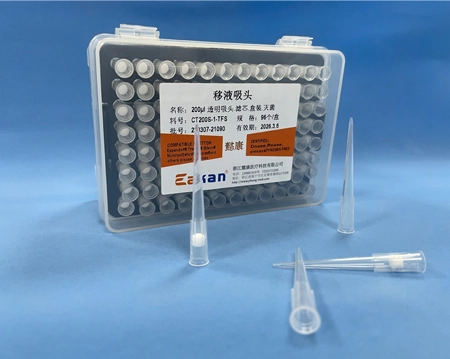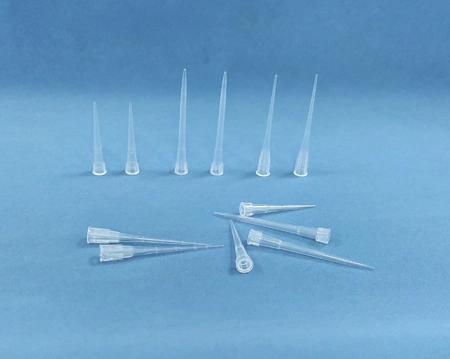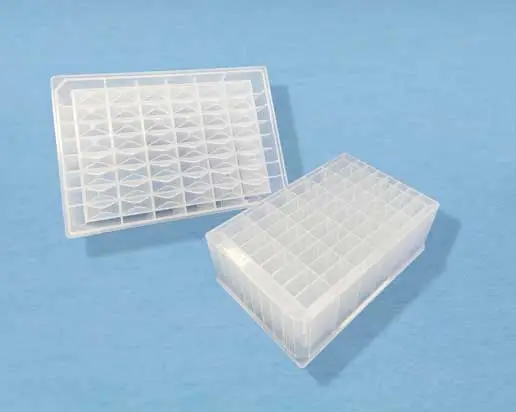What Are the Materials Used for Pipette Robotic Tips?
When it comes to liquid handling in laboratories, precision and reliability are paramount. Robotic tips play a crucial role in ensuring accurate pipetting and sample transfers. But have you ever wondered about the materials used to manufacture these essential components? In this article, we will explore the different materials employed for pipette robotic tips, their characteristics, and the factors to consider when choosing the right tips for your experiments. So, let's dive in and uncover the science behind these tiny but mighty tools!
Plastic Materials for Pipette Robotic Tips
The majority of robotic pipette tips are made from various types of plastic. One commonly used material is polypropylene, which offers excellent chemical resistance and low binding properties. Polypropylene tips are compatible with a wide range of liquids and exhibit minimal sample retention, ensuring accurate and precise liquid handling. The robust nature of polypropylene makes these tips resistant to breakage, providing durability during automated pipetting processes.
Another frequently employed plastic material is polystyrene. Polystyrene tips are known for their optical clarity, making them ideal for applications involving visual inspection, such as microscopy or colorimetric assays. These tips are also suitable for PCR and other sensitive techniques due to their low DNA binding properties. Polystyrene tips offer a smooth surface finish, facilitating easy ejection from the pipetting system.
Specialty Materials for Specific Applications
In addition to plastic materials, certain specialty materials are utilized for specific applications that require unique properties. For instance, conductive polyethylene is employed in situations where electrostatic discharge (ESD) protection is crucial. These ESD-safe tips prevent static buildup, safeguarding sensitive samples or electronic components from potential damage during pipetting processes.
For applications involving extreme temperature ranges, such as cryogenic storage or high-temperature reactions, tips made from materials like polypropylene with added additives or reinforced polymers may be used. These materials offer enhanced thermal stability, allowing pipetting in extreme conditions without compromising accuracy or integrity.
Factors to Consider when Choosing Robotic Pipette Tips:
1. Chemical Compatibility: Ensure that the material of the tip is chemically compatible with the liquids or reagents you will be handling. Different materials exhibit varying resistance to solvents, acids, and bases. Selecting the appropriate material will prevent contamination or chemical reactions that could compromise your experiments.
2. Sample Retention: Consider the level of sample retention exhibited by the tip material. Low retention materials minimize sample waste and reduce the risk of cross-contamination between different samples or reagents. This is particularly important when working with limited or precious samples. Click for low retention filter pipette tips
3. Application-specific Requirements: Evaluate your specific application requirements. Some techniques, such as PCR, demand low DNA binding surfaces to prevent interference with amplification processes. Other applications may benefit from specialized materials like conductive or high-temperature-resistant tips.
Pipette robotic tips are the unsung heroes of laboratory liquid handling, ensuring accuracy, precision, and reproducibility in countless experiments. Understanding the materials used for these tips is crucial in selecting the right ones for your specific needs. The next time you grab a pipette and attach a robotic tip, remember the science behind the materials that make these tiny tools so indispensable. They may be small, but their impact on your experiments is significant.
 English
English  中文
中文  日本語
日本語  한국어
한국어  français
français  Deutsch
Deutsch  Español
Español  italiano
italiano  русский
русский  português
português  العربية
العربية  tiếng việt
tiếng việt 


